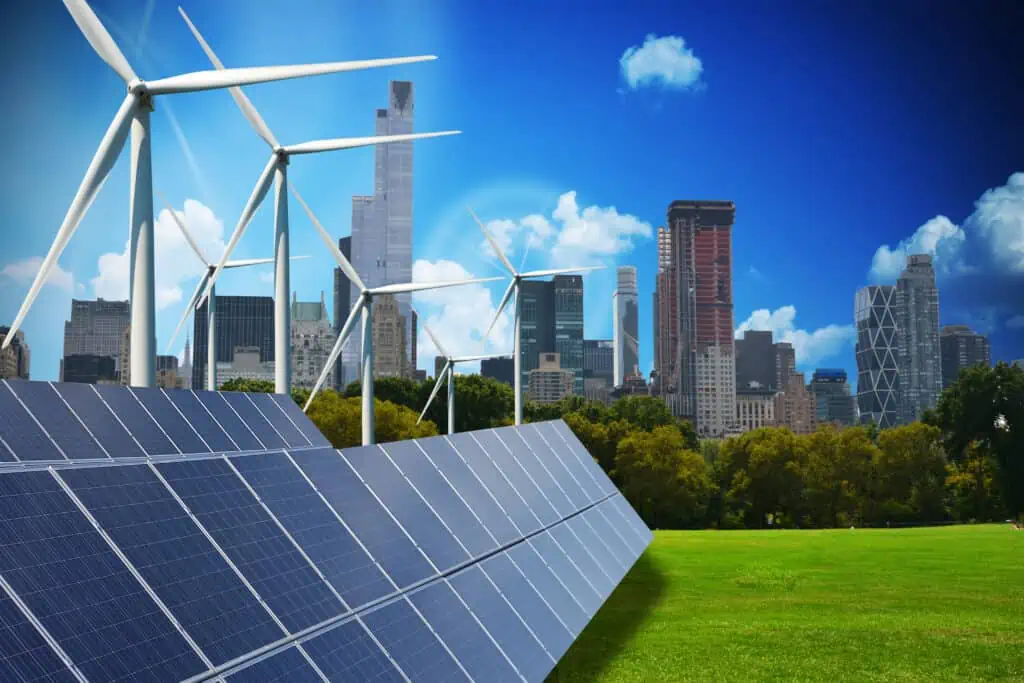The United States is undergoing a shift in its electricity generation, commonly referred to as the “grid mix.”
To put it in perspective, there has been a 68% decline in coal-fired generation from 2010 to 2020.
In New York City, a large effort is underway to harness clean energy solutions with ambitious sustainability goals. NYC hopes to achieve 70% renewable energy by 2030 and a remarkable zero-emissions electricity target by 2040, NYC’s journey highlights the shifting landscape of energy production.
Read more about this here: NYC Buildings Complying With Emissions Law Faster Than Expected
Also in New York – The Champlain Hudson Power Express, is a project set to deliver a staggering 1,250 megawatts of clean hydroelectric power, a force strong enough to cut carbon emissions by 37 million metric tons in New York.
In New England, the Maine Department of Environmental Protection (DEP) is constructing a 145-mile transmission project which will transport hydropower from Quebec to New England’s regional grid.
This NECEC (New England Clean Energy Connect) project is designed to provide up to 1,200 megawatts of Canadian hydropower to the New England power grid in an effort to achieve a more cost-effective, low-carbon energy future for the region.
This project is similar to the size of a large nuclear power plant and sufficient to power about a million households.
Read more here: New England hydropower project can resume years after Maine voters protested
There are many challenges these renewable energy projects face and the path towards a more sustainable energy mix is a large effort. From streamlining regulatory processes and fortifying grid infrastructure to fostering meaningful stakeholder engagement. Also permitting challenges in ecologically sensitive zones – requires policymakers, communities, and investors all to agree
To navigate the energy transition effectively, the guidance of energy consultants is key – Best Practice Energy’s team will provide strategic insights into procuring and implementing renewable energy sources for improved energy efficiency.
As always, contact your Energy Advisor to learn more
